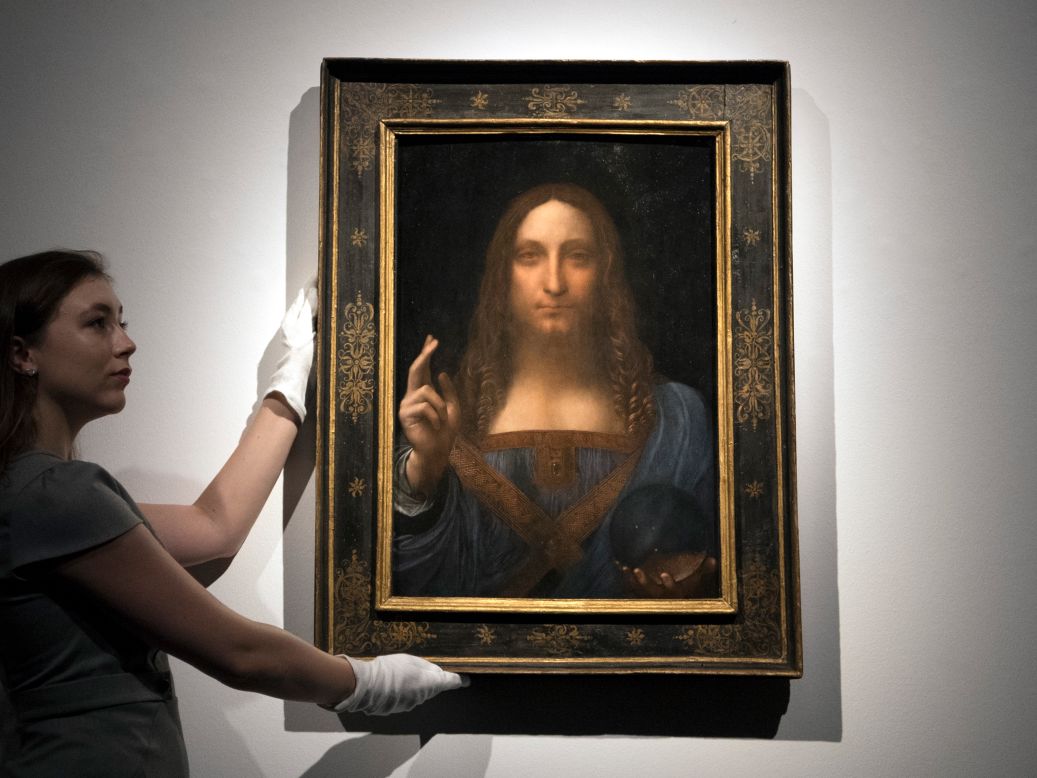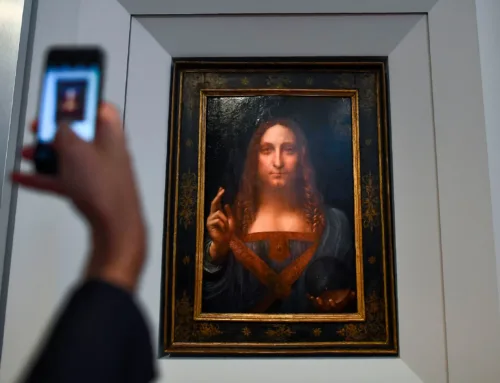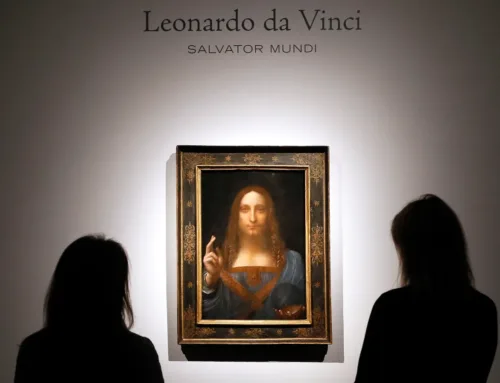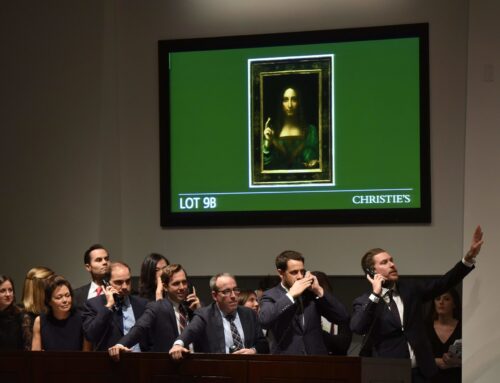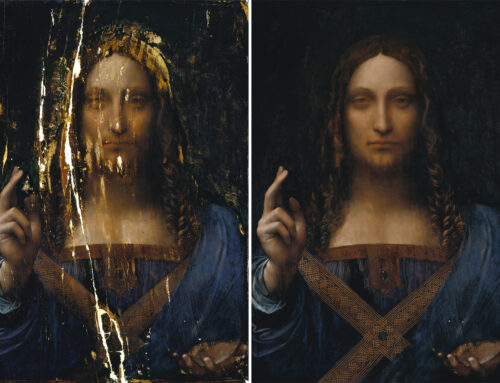Royal Provenance and Historical Documentation
While the exact early provenance of “Salvator Mundi” is somewhat unclear, historical documentation suggests it was once part of the collection of King Charles I of England. This association with royal ownership adds a layer of historical intrigue. Following Charles I’s execution in 1649, his art collection was dispersed, and “Salvator Mundi” was sold. This period saw many masterpieces moving across Europe, often changing hands under tumultuous circumstances, which contributed to the painting’s mysterious history and its eventual disappearance.
Mistaken Identity and Misattribution
For centuries, “Salvator Mundi” was misattributed to various artists, including Giovanni Boltraffio, a pupil of Leonardo da Vinci. The painting’s journey through different hands often led to it being undervalued and incorrectly identified, contributing to its obscurity. This misattribution is a testament to the complex nature of art authentication and the evolving understanding of art history. It also highlights the challenges faced by historians and experts in correctly identifying works that have been altered or damaged over time.
Influence on Other Artists
“Salvator Mundi” has influenced numerous artists over the centuries. Its depiction of Christ holding a celestial orb and blessing the world has been a powerful image in Christian iconography. Artists in Leonardo’s time and beyond have drawn inspiration from its composition and themes, integrating similar motifs in their own works. This influence underscores the painting’s impact on the development of religious art and its role in perpetuating Renaissance artistic ideals.
The Role of Documentation and Rediscovery
The rediscovery of “Salvator Mundi” can also be attributed to meticulous documentation and the dedication of art historians. Early 20th-century art historians, such as Bernard Berenson, played crucial roles in identifying and cataloging works of art that were previously lost or misattributed. Their efforts laid the groundwork for future scholars to piece together the painting’s history and ultimately led to its identification as a Leonardo masterpiece. This process highlights the importance of archival research and documentation in the field of art history.
Cultural Impact and Media Attention
The dramatic rediscovery and subsequent sale of “Salvator Mundi” generated significant media attention, bringing the painting into the global spotlight. Its journey from a forgotten artwork to a world-record sale captured the public’s imagination, showcasing the enduring allure of Renaissance art. This media attention not only elevated the painting’s status but also sparked widespread interest in art history and the processes of restoration and authentication. The painting’s story has since been featured in numerous documentaries, books, and articles, further cementing its place in popular culture.
These additional historical elements provide a richer context for understanding “Salvator Mundi” and its significance in art history. They highlight the complex interplay of historical events, scholarly research, and cultural impact that continues to shape the legacy of this remarkable painting.

